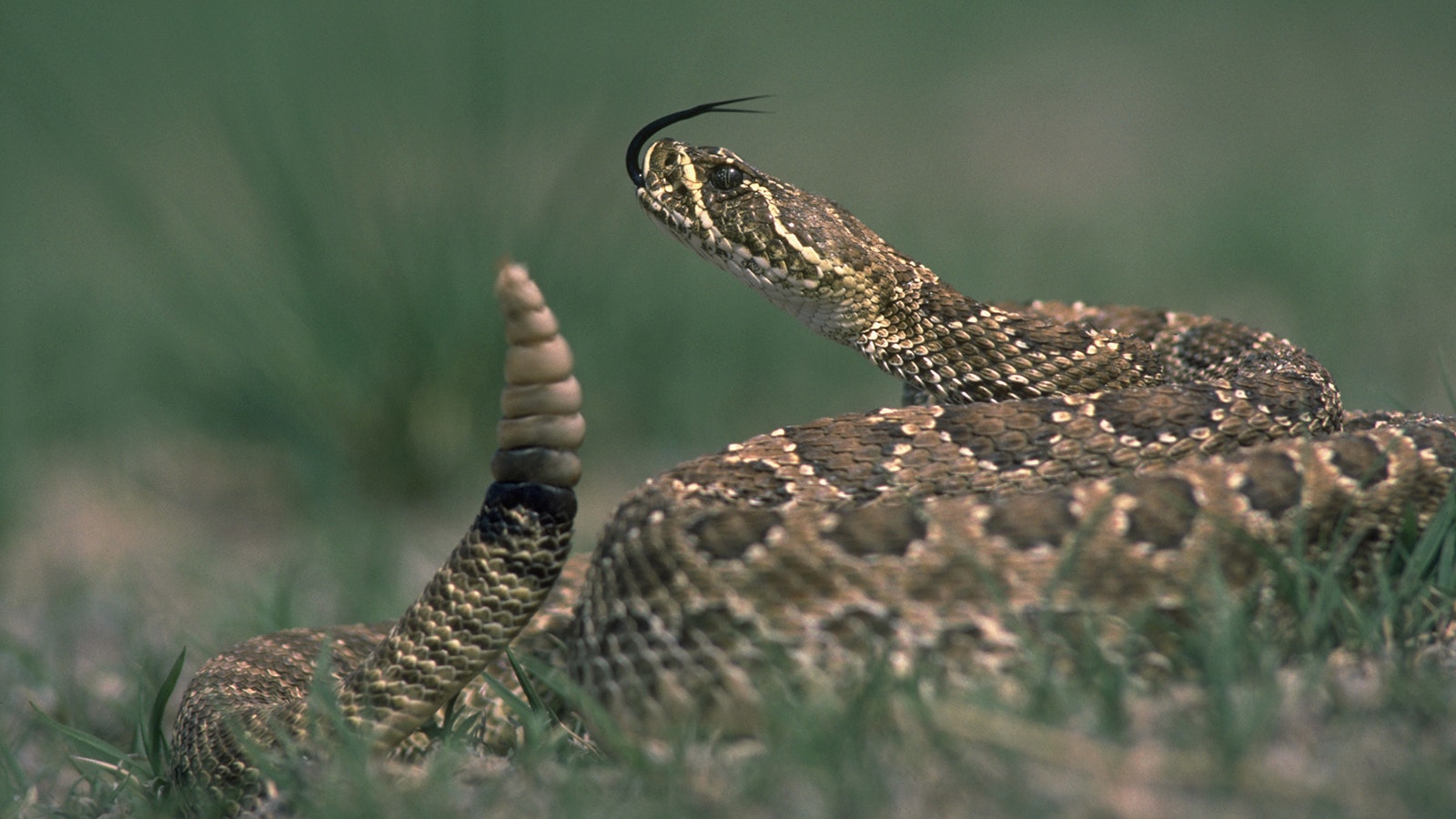Wyoming has two kinds of venomous snakes, both are rattlesnakes and one is protected.
A guy in the Rock Springs area killed a rattlesnake this week, posted a photo of the dead rattler on a popular local Facebook page and was repeatedly praised and bashed. It all sparked a debate about the virtues of serpents.
Some people think the only good snake is a dead snake, regardless of whether they have a rattle or not.
Others say live and let live. Snakes are part of a diverse, desert ecosystem and they help control rodents.
Let 'Em Live!
One resident, aggravated over the photo of the slain snake, said there are unintended consequences of killing snakes.
"What was the point of killing the snake?" Steven O'Brien asked. "If everybody around here, killed a snake just because they saw it laying in the road... our houses will be overrun with rodents."
Others, meanwhile, accused the man of breaking the law,
"You killed a federally protected species that was minding its own business," wrote Chris Taylor. "Good job rednecks."
You Can't Catch Or Kill Th em
The protected rattler in Wyoming is a midget faded rattlesnake. They're found around Flaming Gorge Reservoir and along the Green River drainage from Seedskadee National Wildlife Refuge down to the town of Green River.
Zach Walker, non-game supervisor for the Wyoming Game and Fish Department, said midget faded rattlesnakes are fairly rare and sought after by snake collectors. It's against the law to capture or kill them.
Midget faded rattlesnakes are smaller and faded, as the name implies. Their scale pattern is also different from the prairie rattlesnake found throughout most of Wyoming.
Rattlesnakes typically avoid contact with humans, but about 8,000 people are bitten by venomous snakes in the United States each year, according to the U.S. Food and Drug Administration. Those bites result in 10 to 15 deaths a year.
Rattlesnakes typically come out of their dens in May, shed skins and move toward their summer foraging areas. Prairie dog towns are typical rattlesnake habitat.
Around mid-July they typically move around more while looking for mates. By early October they are moved back into their dens, Walker said.
Just Leave Them Alone
"Some people think they need to kill them (rattlesnakes), because they are venomous," Walker said. "They are part of the ecosystem, they feed on rodents and keep them in check as much as possible."
If encountered, Walker advises people to give them plenty of space, back off and leave them alone. A rattlesnake can strike the distance of half its body length.
Dogs inexperienced with snakes are sometimes bitten. When this happens, the dog needs immediate veterinary care or it can die.
When people are bitten there are precautions that can prevent fatalities. Keep calm, avoid exertion and get medical attention.
Some are even surprised to learn rattlesnakes can swim, so jumping in a nearby lake doesn't necessarily mean safety.
Don’t Suck
According to the University of California-Davis, rattlesnake bites can produce extreme pain, swelling, bleeding, nausea and lightheadedness. Don't apply ice or use a tourniquet because constricting blood vessels near a bite can lead to amputation.
Also, don't try to cut the wound bigger and suck the venom out. This is a myth that doesn't work.
Walker added that most of the time when people are bit by rattlesnakes they’re trying to move a snake out of the way or handle it for some other reason.
Chris Thomas, animal control officer for Sweetwater County, said the office there receives infrequent calls to deal with rattlesnakes. People normally call Wyoming Game and Fish because there are regulations related to where midget faded rattlesnakes can be relocated.
"A lot of times the first reaction is just to kill them," Thomas said. "I'm not a snake fan, but when you're out in the desert, you're in their backyard and it's not fair to just kill them in their own backyard."





